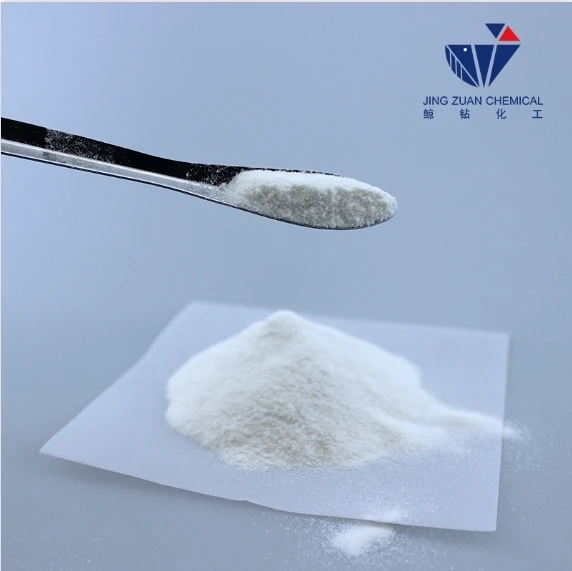
Nov . 05, 2024 12:22 Back to list
hydroxypropyl methyl cellulose cas number
Understanding Hydroxypropyl Methyl Cellulose Properties, Applications, and Safety
Introduction
Hydroxypropyl Methyl Cellulose (HPMC), a cellulose derivative, has garnered significant attention in various industries due to its versatile properties. Identified by its CAS number 9004-65-3, HPMC is a non-ionic, water-soluble polymer known for its thickening, emulsifying, and film-forming capabilities. This article explores its properties, applications, and safety considerations, illustrating why HPMC is a crucial compound in modern formulations.
Properties of Hydroxypropyl Methyl Cellulose
HPMC is produced by the chemical modification of cellulose, which is derived from plant materials. The unique structure of HPMC gives rise to its notable properties, including
1. Solubility HPMC is soluble in water, forming a clear, viscous solution. Its solubility characteristics vary according to the degree of substitution and molecular weight, making it adaptable to different formulations.
2. Thickening Agent One of the most prominent properties of HPMC is its ability to thicken solutions. Its thickening power is utilized in various industries to enhance product consistency and stability.
3. Film Formation HPMC can form flexible and transparent films upon drying, making it valuable in coatings and packaging applications.
4. Non-Toxic and Safe HPMC is generally regarded as safe (GRAS) for use in food and pharmaceutical products, which expands its applicability across sectors.
Applications of Hydroxypropyl Methyl Cellulose
hydroxypropyl methyl cellulose cas number

Given its diverse range of properties, HPMC is widely used in various fields
1. Pharmaceuticals In the pharmaceutical industry, HPMC is commonly used as a binder and stabilizer in tablet formulations. It improves the bioavailability of active ingredients and controls the release of drugs, making it essential for controlled-release formulations.
2. Food Industry HPMC is used as a food additive due to its thickening and stabilizing properties. It improves texture and mouthfeel in food products such as sauces, dressings, and dairy items, while also acting as a substitute for fats in low-calorie foods.
3. Construction In the construction sector, HPMC plays a vital role as a thickener and water-retaining agent in cement-based products. It improves workability, enhances adhesion, and prolongs the setting time of mortars and tile adhesives.
4. Cosmetics In the cosmetic industry, HPMC is utilized as a thickening agent in creams, lotions, and gels. Its film-forming ability helps improve the texture and sensory feel of various personal care products.
Safety and Environmental Considerations
HPMC is considered safe for use in food and pharmaceutical applications, with extensive studies supporting its non-toxic nature. However, as with any chemical, proper handling and disposal methods should be observed to minimize environmental impact. HPMC is biodegradable, which mitigates some of the ecological concerns associated with synthetic polymers.
Conclusion
Hydroxypropyl Methyl Cellulose (HPMC) exemplifies a versatile compound with widespread applications across numerous industries, including pharmaceuticals, food, construction, and cosmetics. Its unique properties make it an invaluable asset in formulating effective products that meet consumer demands for quality and performance. As research and development in this field continue, the potential for HPMC across new applications remains vast, reinforcing its significance in modern industrial practices. Understanding HPMC's properties and applications not only highlights its current importance but also points towards future innovations where it will play a key role.
-
The Widespread Application of Redispersible Powder in Construction and Building Materials
NewsMay.16,2025
-
The Widespread Application of Hpmc in the Detergent Industry
NewsMay.16,2025
-
The Main Applications of Hydroxyethyl Cellulose in Paints and Coatings
NewsMay.16,2025
-
Mortar Bonding Agent: the Key to Enhancing the Adhesion Between New and Old Mortar Layers and Between Mortar and Different Substrates
NewsMay.16,2025
-
HPMC: Application as a thickener and excipient
NewsMay.16,2025
-
Hec Cellulose Cellulose: Multi functional dispersants and high-efficiency thickeners
NewsMay.16,2025







